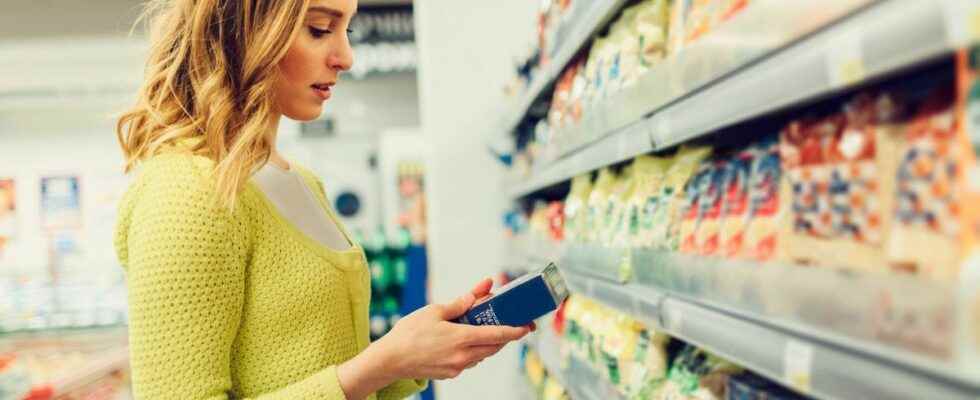Published on
Updated
Reading 1 min.
Labeling to know the carbon footprint of food products that we buy in supermarkets? It may be soon! And according to a recent survey, the measure is eagerly awaited by the French.
What if it was enough to take a look at a product’s label to find out its carbon footprint? It’s the idea of ”PlanetScore”an A to E labeling system inspired by the Nutriscore (logo used to indicate the nutritional quality of food) and tested by nearly a hundred companies on a voluntary basis since 2021. A system provided for by the climate law and resilience and which will soon be the subject of discussions between the government and industry for possible implementation at the end of 2023.
But what do the French think? According to a recent BVA survey carried out for the collective in truth which brings together some sixty brands in the agri-food sector (Babybio, Candia, Yoplait), this measure is not only widely approved by citizens, but also expected. Indeed, the survey reveals that 86% of French people surveyed perceive this display system as “essential”.
More specifically, 91% of those questioned would like to get information first on the pesticide content of a product, on the farming conditions for meat products (90%), as well as on the origin of the product (80% ).
On the other hand, the question of biodiversity occupies a more marginal place, since only 30% of consumers say they want to be informed on this specific subject. The survey also reveals that 70% of respondents do not trust brands to evaluate their own products.
The impact of environmental labeling on food products on the ecological commitment of consumers is also increasingly studied, including abroad. A recent experiment carried out in the United States, for example, demonstrated that the simple fact of displaying messages with a positive impact (“good for the planet”) in the description of vegetarian dishes on menus was quite effective in convincing people to eat less meat.
